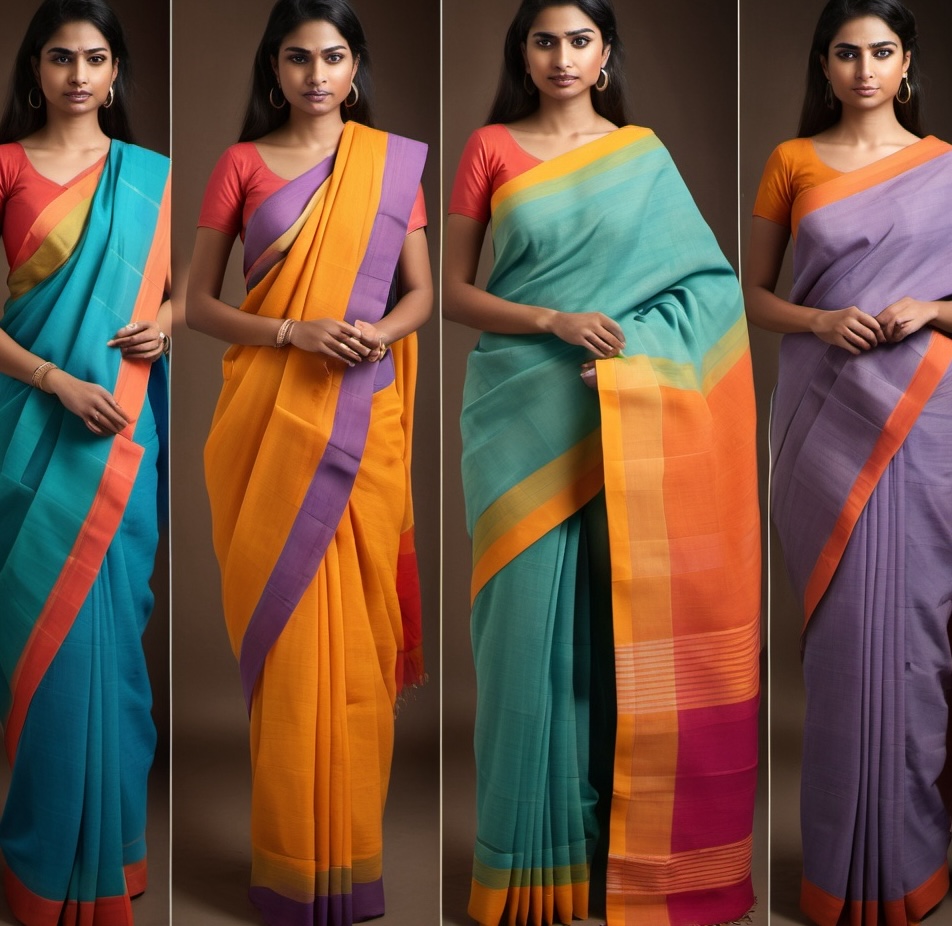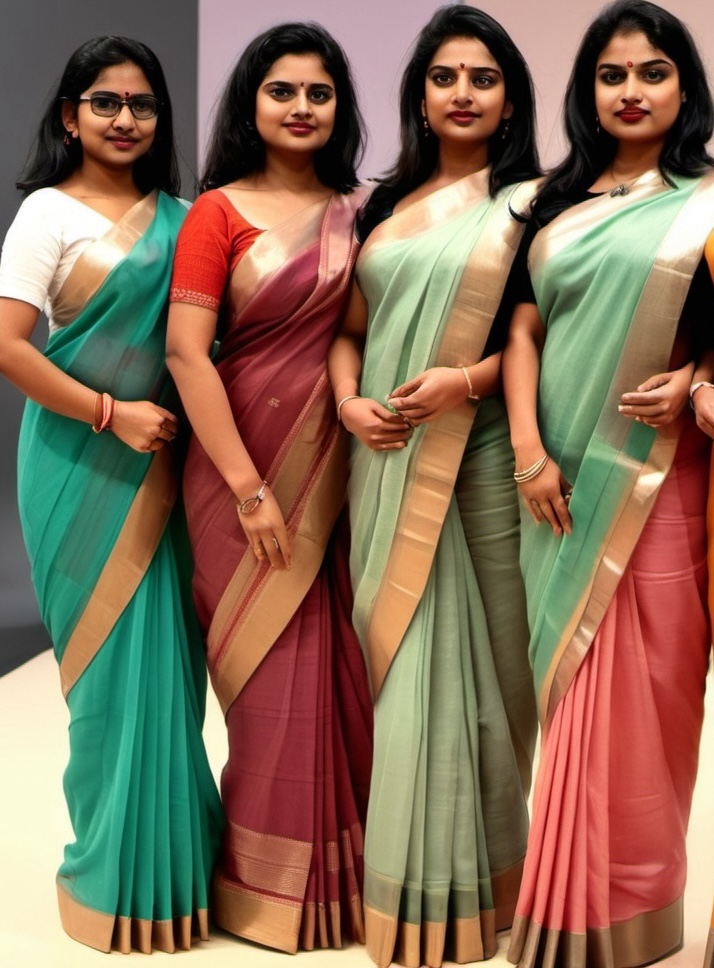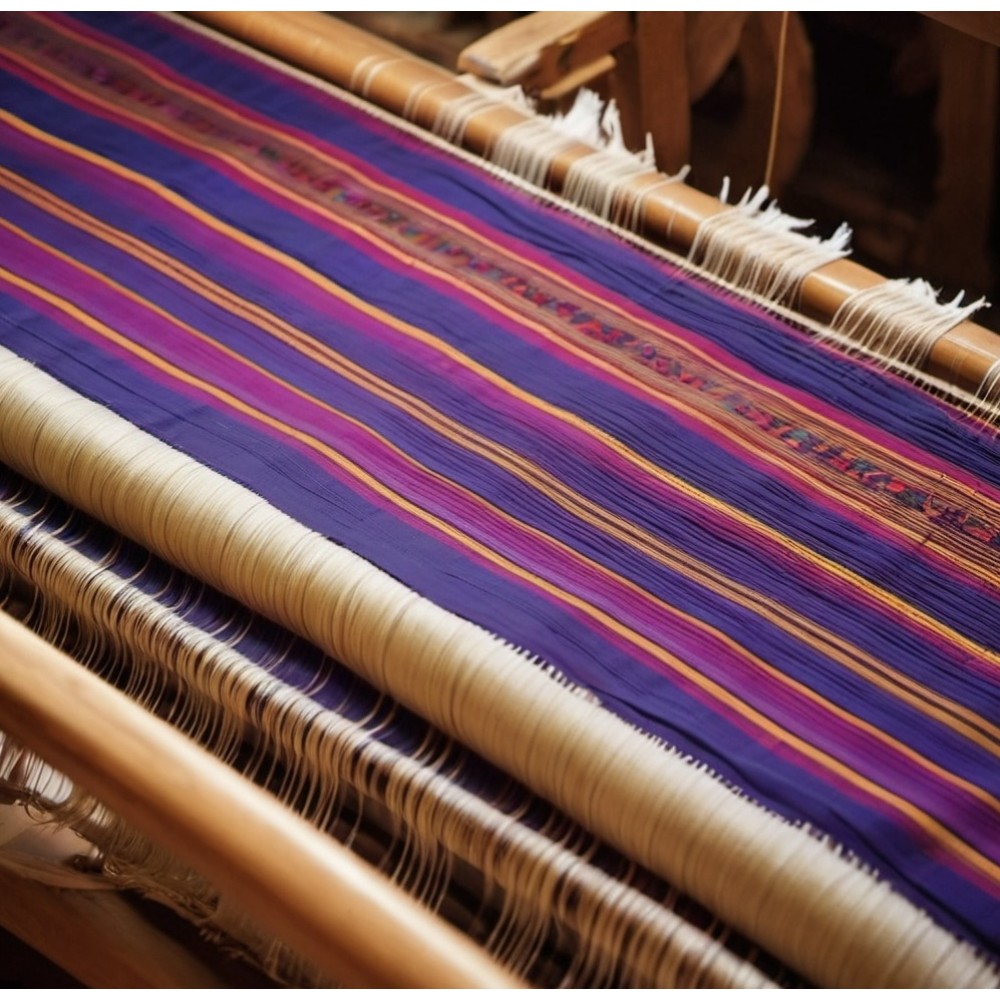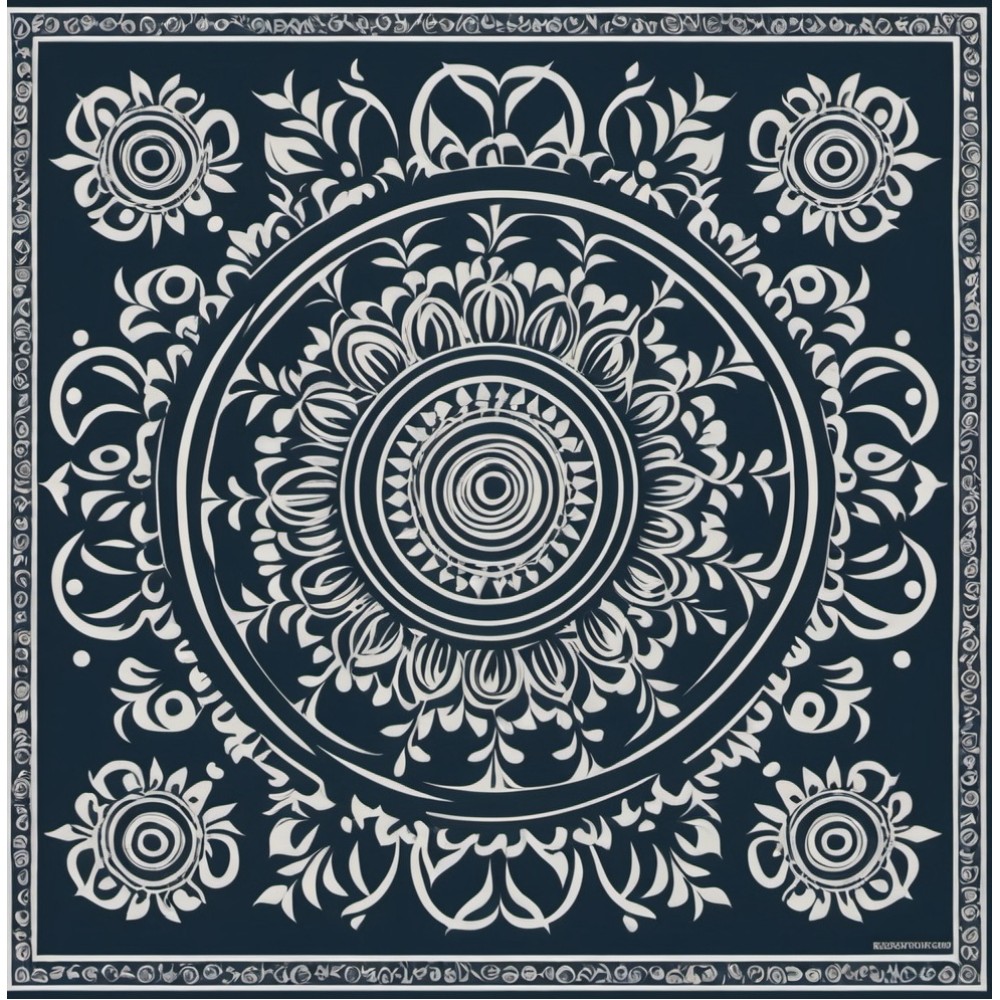Introduction
When it comes to Indian handloom sarees, colors aren’t just hues — they carry centuries of stories, meanings, and emotions. Each color in traditional sarees signifies something unique, from the bright reds of weddings to the serene whites of festivals honoring purity. At Satika.live, we celebrate the rich heritage of Indian handloom sarees, where each color represents a part of our cultural identity, a sentiment woven with love by artisans. This blog explores the beauty and significance of saree colors in Indian handloom traditions, encouraging you to embrace not just a piece of clothing, but a piece of culture.
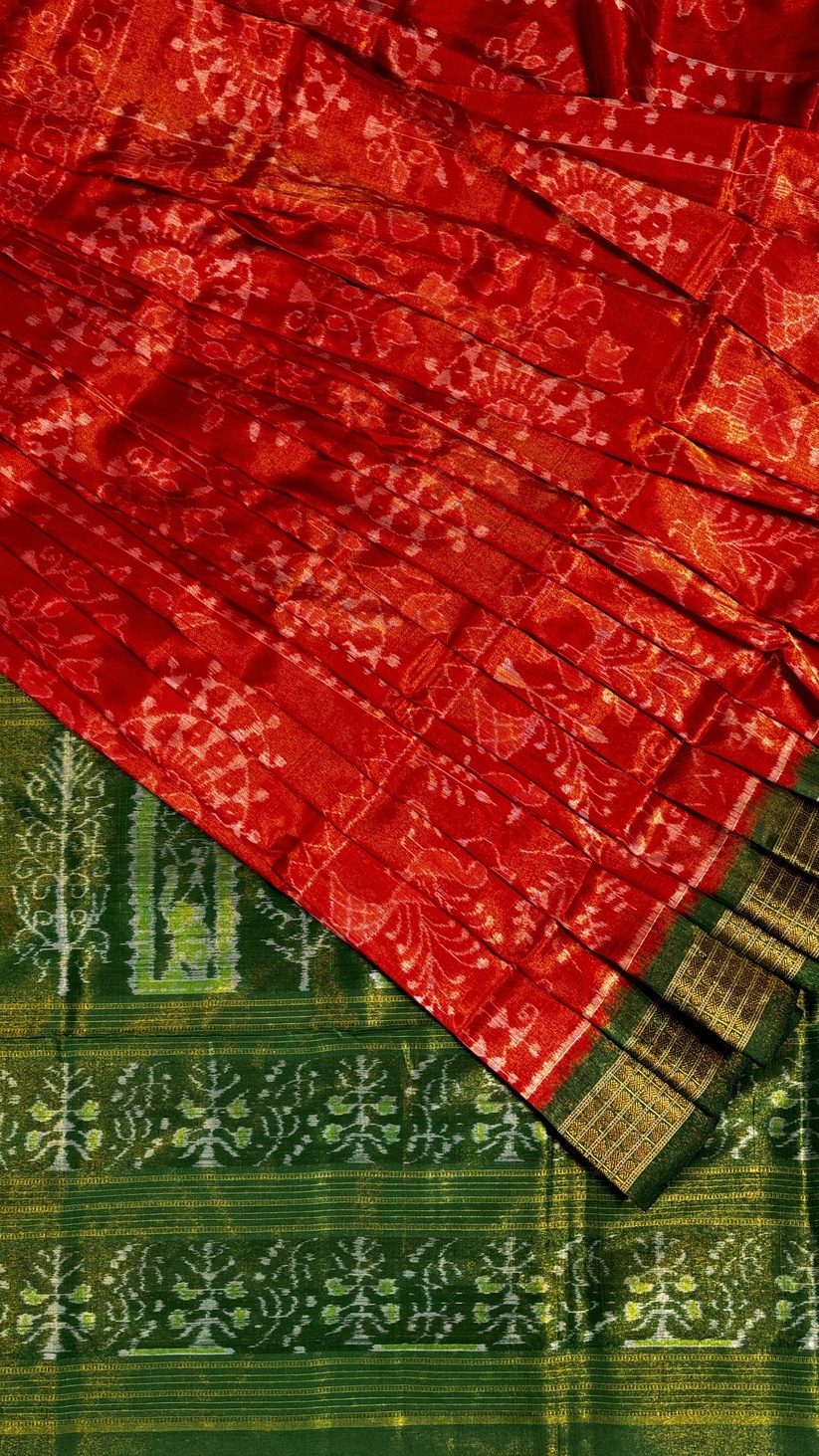
The Symbolism of Red: Passion and Prosperity
In Indian culture, red symbolizes power, passion, and fertility. Traditionally, brides wear red sarees because the color is associated with new beginnings, marital bliss, and commitment. The intensity of red handloom sarees speaks to the vibrancy of celebrations and the strength of Indian womanhood.
- Kanjivaram Red Silk Sarees: These sarees are often adorned with golden zari, giving them a regal touch, perfect for weddings and other grand occasions.
- Banarasi Silk in Crimson: Crafted with exquisite detailing, crimson Banarasi sarees are timeless pieces that radiate luxury.
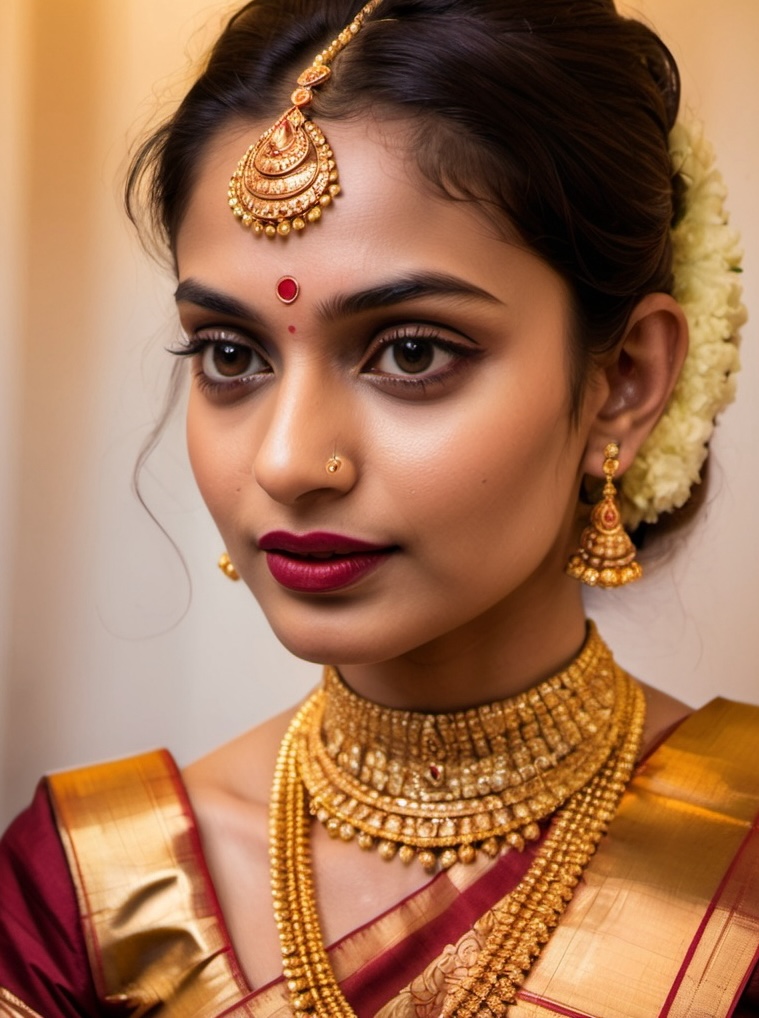
Interesting Fact: In ancient Indian texts, red is seen as the color of Goddess Durga, symbolizing strength and protection. Hence, wearing red is believed to attract positive energies.
The Grace of White: Purity and Peace
White is the color of peace, simplicity, and purity in Indian tradition. Worn during auspicious ceremonies and spiritual gatherings, white handloom sarees reflect serenity. In certain communities, white is also worn as a mark of respect and remembrance.
- Kerala Kasavu Saree: Known for its iconic gold border on white, the Kasavu saree is traditionally worn in Kerala during Onam and other important occasions.
- Jamdani Weaves in Ivory: Originating from Bengal, the Jamdani weave in shades of white and off-white has an elegant charm, perfect for formal and semi-formal gatherings.
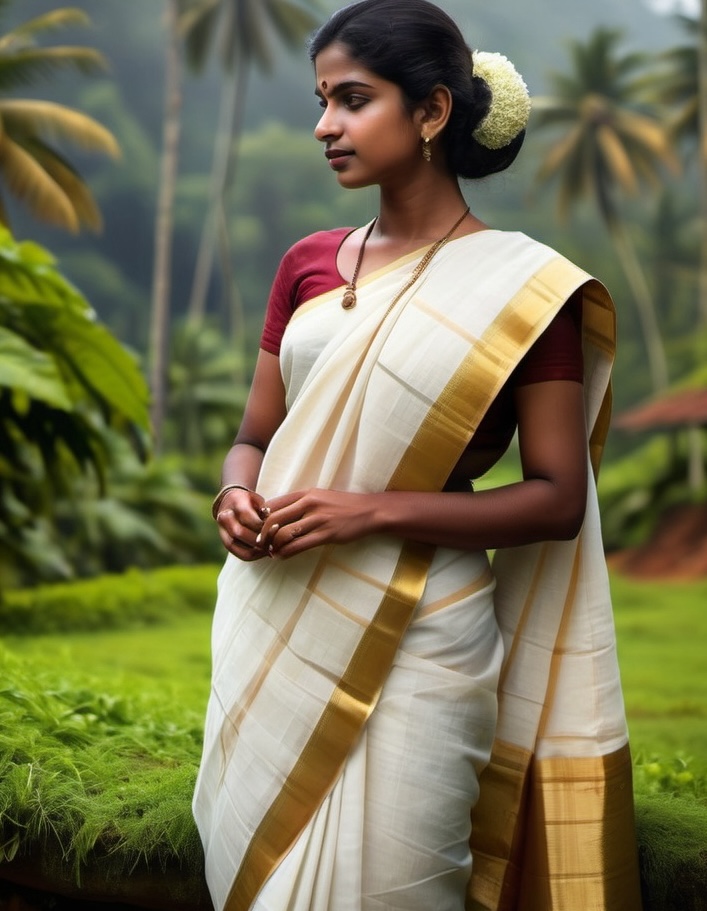
Cultural Note: White represents truth and cleanliness. In Southern India, it is commonly worn by brides in certain communities, highlighting purity.
The Royal Appeal of Blue: Wisdom and Depth
Blue symbolizes tranquility, wisdom, and trust. Although not as commonly seen in traditional Indian attire, blue has gained popularity in handloom sarees for its cool, calming presence and modern appeal.
- Indigo Ikat Sarees: Woven using traditional Ikat dyeing techniques, indigo-dyed sarees are both stylish and sustainable, reflecting India’s long history of indigo cultivation.
- Banarasi Blue Silk: The deep blue Banarasi silk saree, with intricate motifs in silver or gold, makes for a stunning choice for evening events.
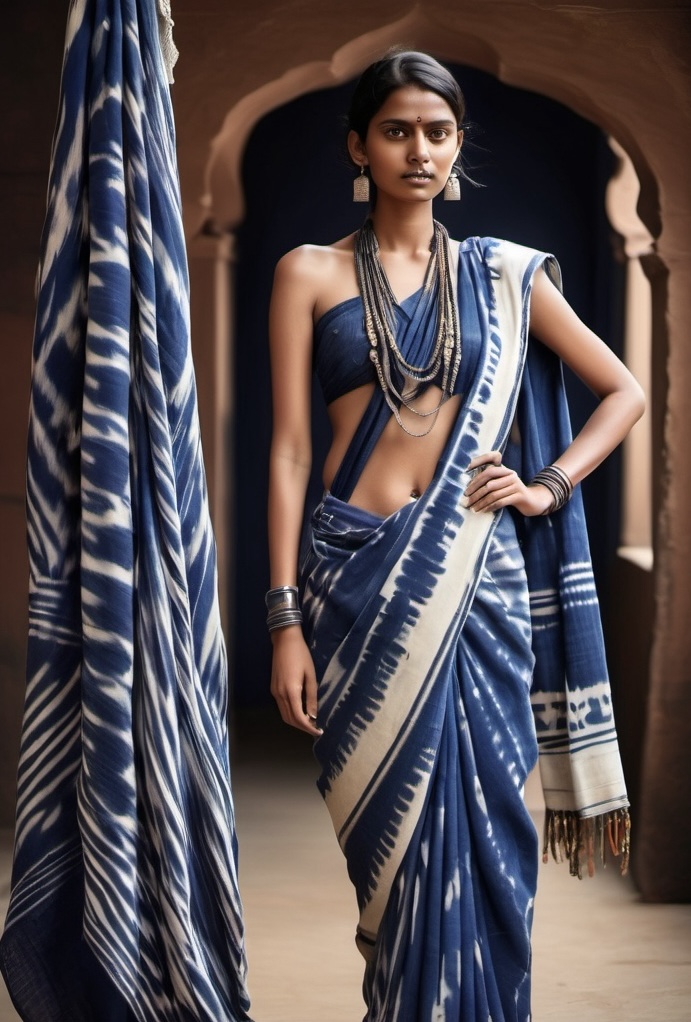
Did You Know?: Blue has historically been associated with Lord Krishna, who is often depicted wearing blue garments. Blue represents divine energy and is increasingly popular among younger generations embracing handloom styles.
Green for Growth and Harmony
Green is a symbol of life, renewal, and nature. Often worn during festivals and harvest celebrations, green sarees signify prosperity and harmony with the environment.
- Pochampally Green Silk: Known for its geometric patterns, the Pochampally saree in shades of green is both festive and environmentally friendly.
- Muga Silk from Assam: In beautiful shades of green, Muga silk sarees from Assam are celebrated for their resilience and natural sheen, making them a sustainable and stylish choice.
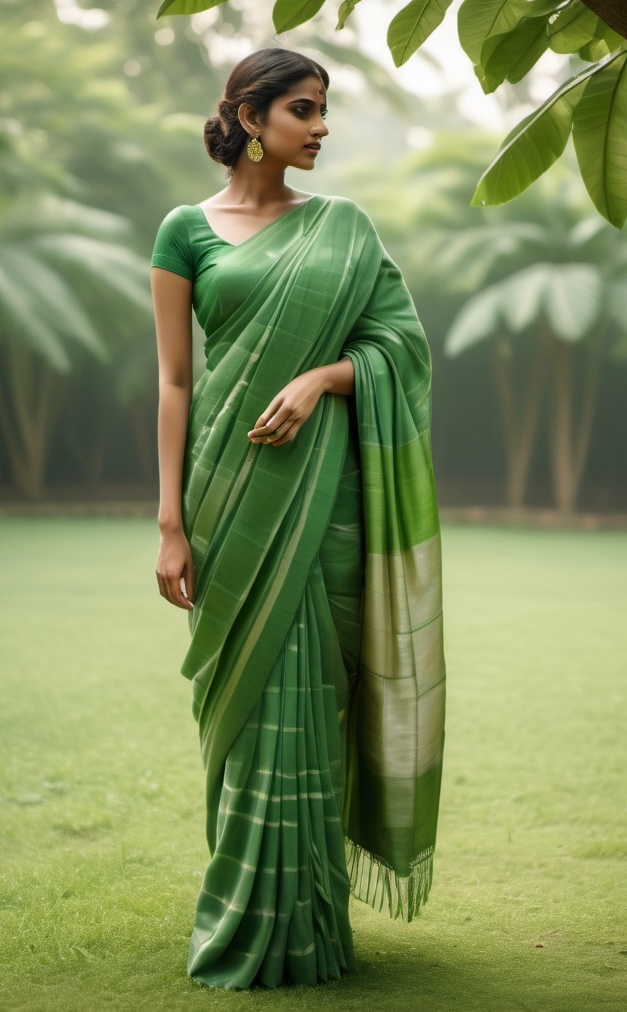
Fact: In Indian culture, green is a symbol of nature and is associated with agricultural festivals like Makar Sankranti, symbolizing a deep bond with the earth.
The Dazzle of Yellow: Positivity and Celebration
Yellow is the color of joy, brightness, and festivity. Often worn during ceremonies and religious events, yellow symbolizes happiness and new beginnings. Yellow sarees are especially popular during spring festivals like Basant Panchami.
- Chanderi Yellow Sarees: Chanderi sarees in mustard or golden yellow shades are light and festive, often decorated with floral motifs, symbolizing the renewal of nature.
- Cotton Silk in Sunflower Yellow: This shade is vibrant and uplifting, perfect for day events and family gatherings.
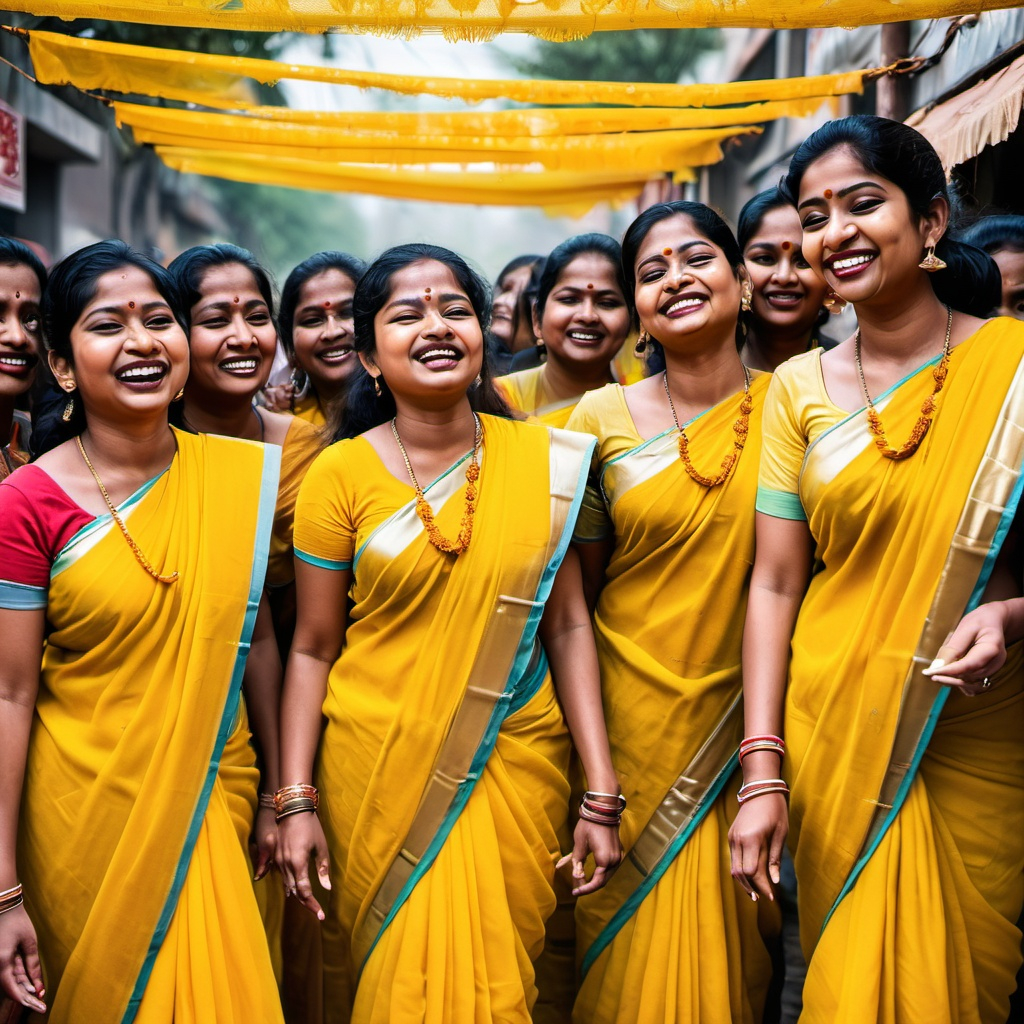
Cultural Insight: Yellow is associated with the harvest season, particularly in North India, where it represents the blooming of mustard flowers in the fields.
The Serenity of Pink: Compassion and Femininity
Pink, a blend of red and white, brings together strength and calmness. It represents compassion, love, and femininity, making it a popular choice for both festive and everyday wear.
- Bandhani Pink Sarees: Traditionally crafted in Gujarat and Rajasthan, these sarees with tie-dye patterns are perfect for festive occasions, showcasing regional artistry.
- Tussar Pink Silk: Soft pink Tussar silk sarees with light embroidery offer an understated elegance that’s perfect for semi-formal settings.
Fun Fact: Pink is associated with love and affection. In certain regions, it’s also worn by brides as a softer alternative to red, especially in pre-wedding rituals.
Closing Thoughts: A Legacy of Colors and Culture
At Satika.live, our handloom silk sarees carry the legacy of traditional colors, each hue representing a piece of India's diverse cultural landscape. When you choose a saree in red, blue, green, or any other color, you’re embracing a deeper connection to heritage, values, and the timeless artistry of handloom weaving.
Explore our vibrant collection of handloom sarees and find a color that resonates with your own journey and celebration of tradition. Our carefully curated sarees not only bring beauty and grace to your wardrobe but also honor the artistry and craftsmanship of Indian weavers.
